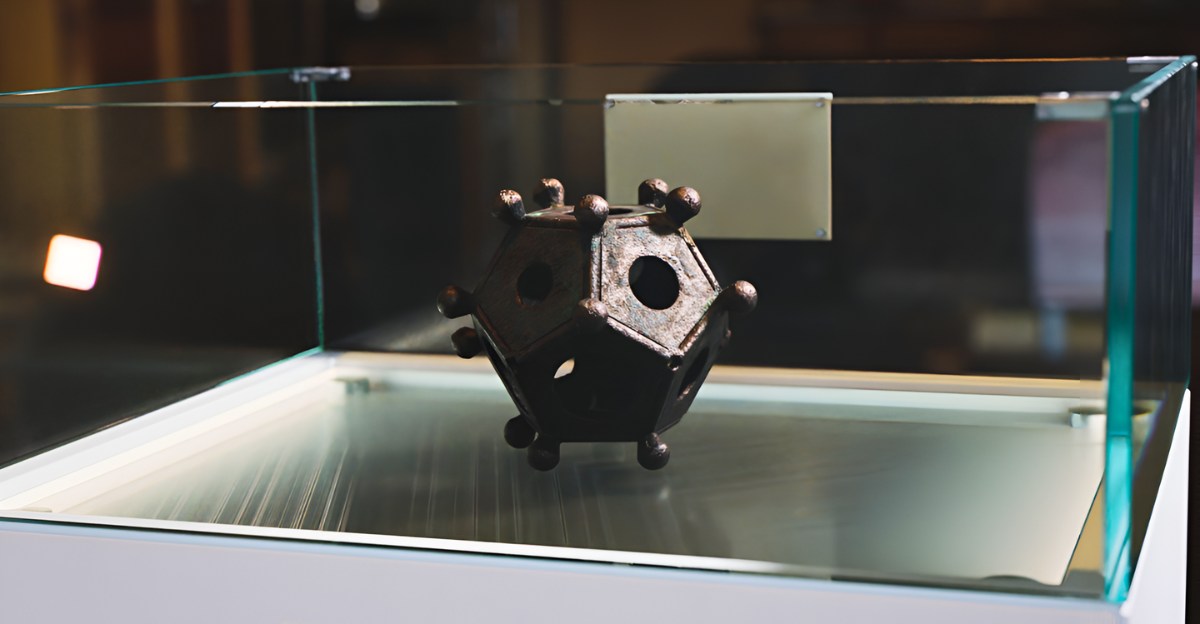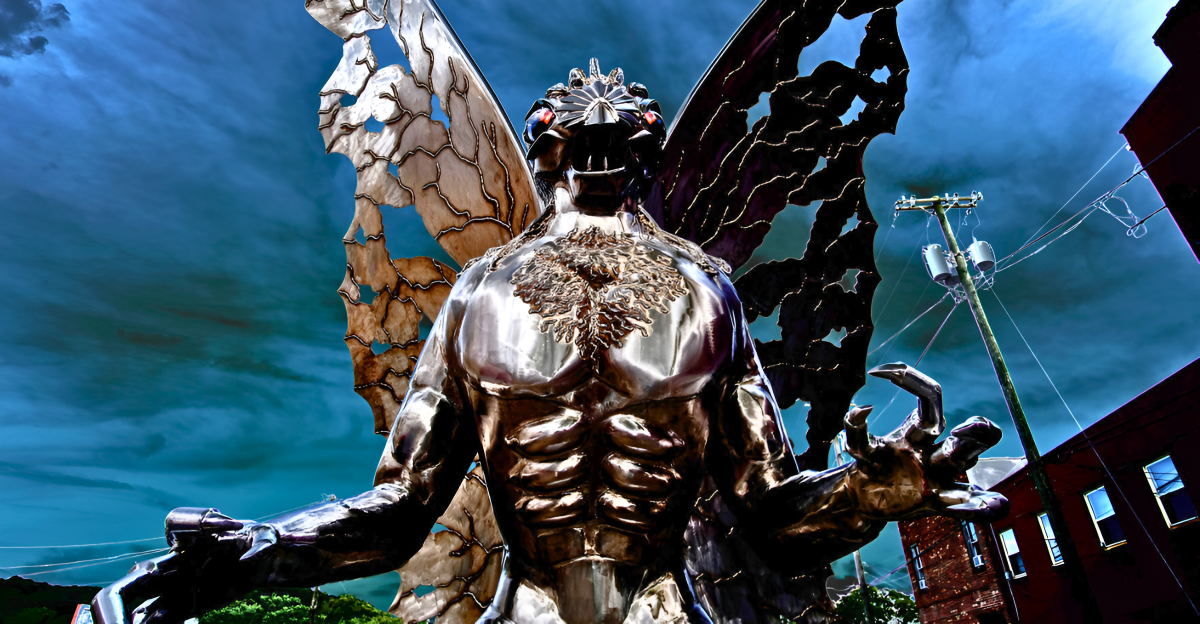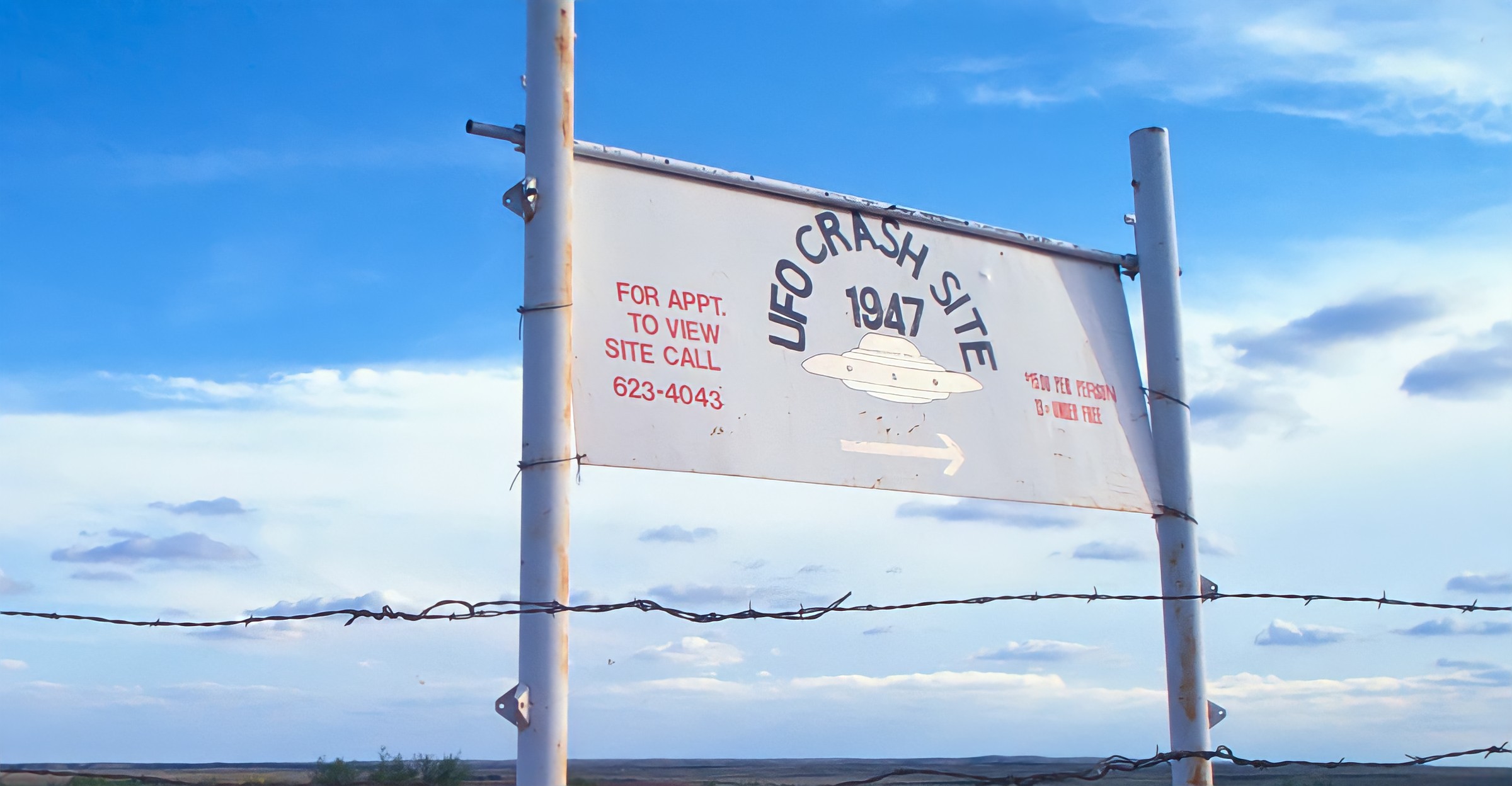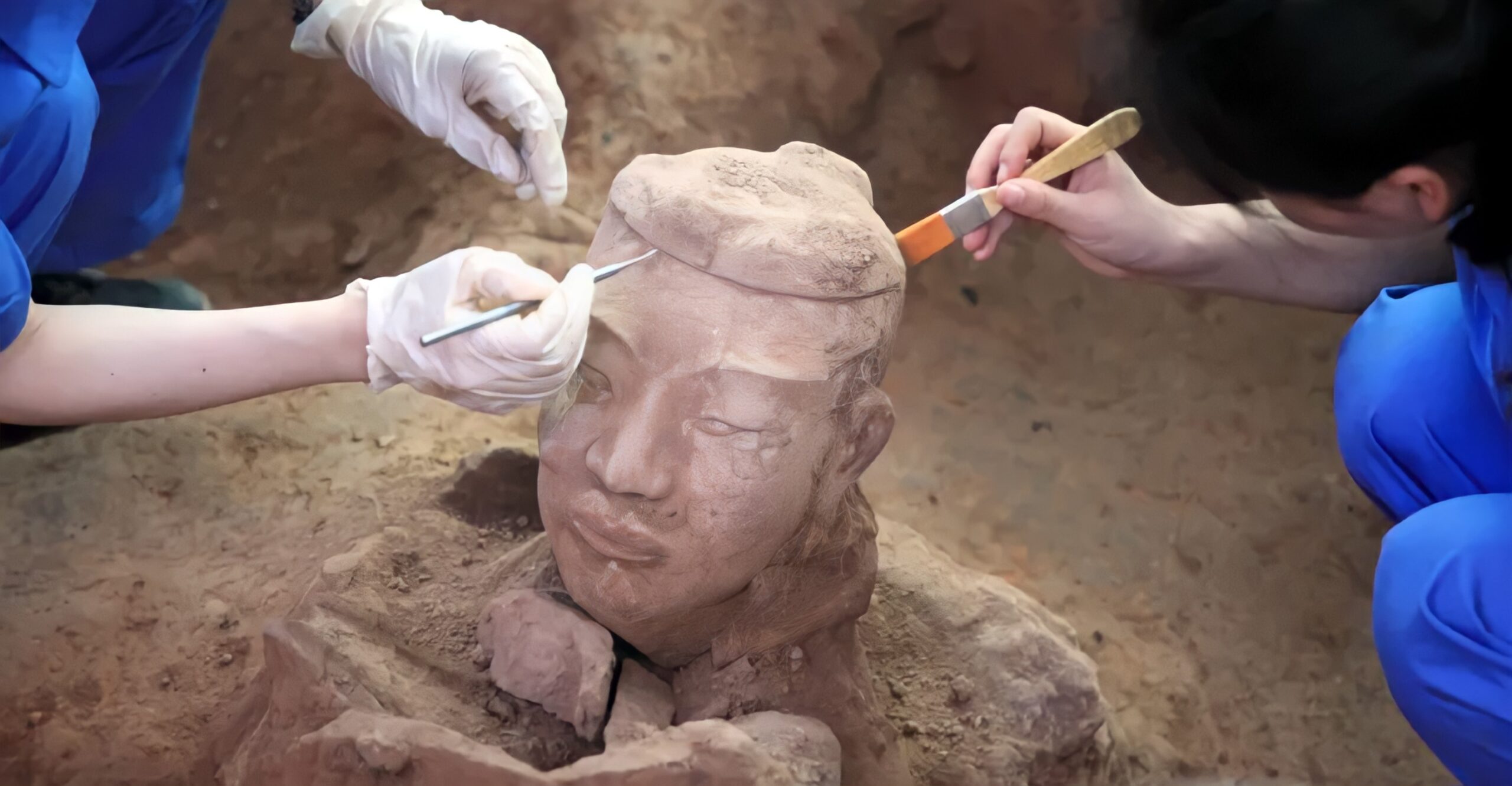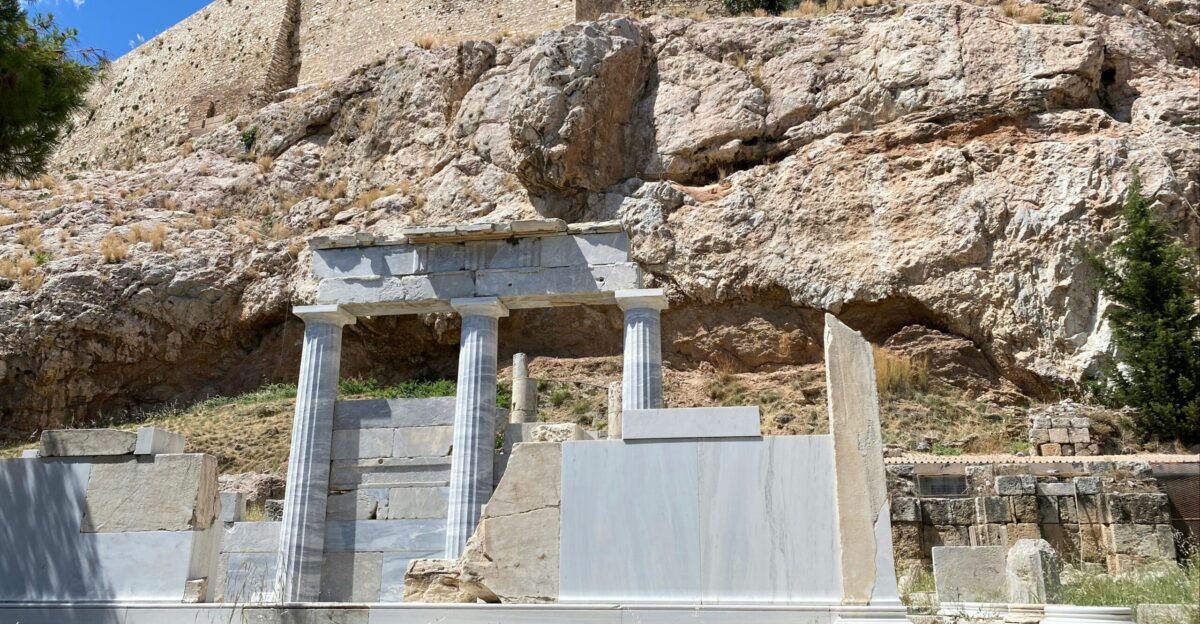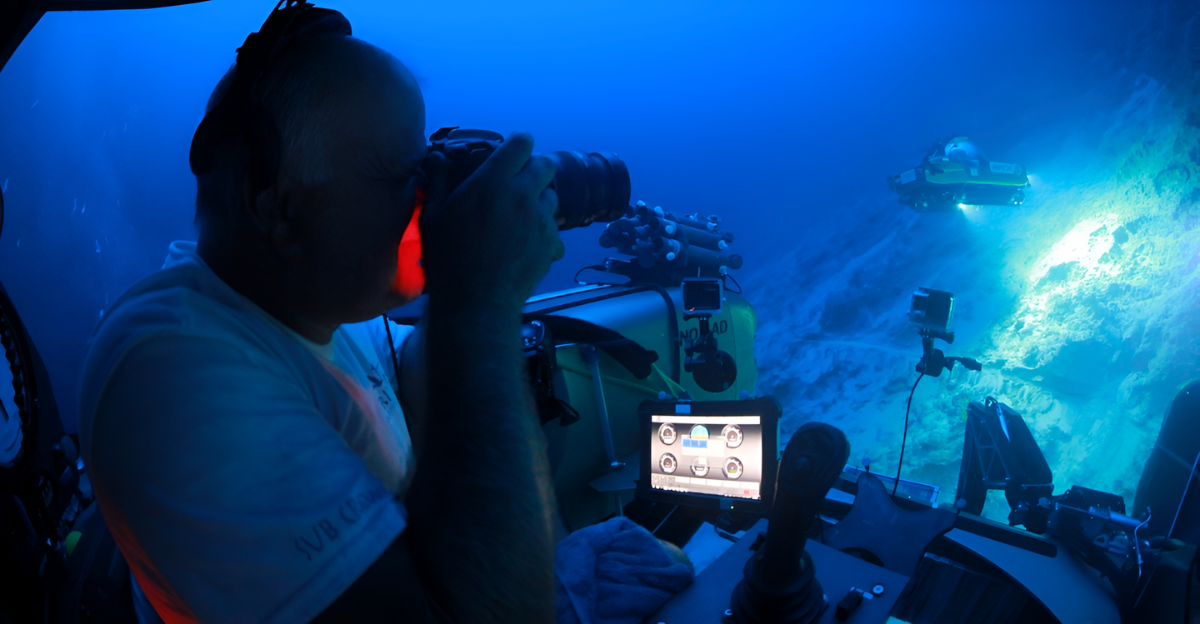
One dry summer, in the middle of a random wheat field in Ireland, something unexpected appeared. It wasn’t a UFO, but it caught the attention of researchers across the world.
When a drone flew over a seemingly ordinary field near Newgrange, it captured a pattern no one had ever documented.
A shape too precise to be natural, but too old to be modern. What was it, and how had it stayed hidden for so long?
An Ordinary Flight, an Unusual Sight

In July 2018, drone pilots Anthony Murphy and Ken Williams flew over the Boyne Valley in the middle of a serious drought in Ireland’s.
What they saw through their camera wasn’t ordinary crop damage. Perfectly arranged rings of greener crops formed an unmistakable pattern in the wheat; far more structured than anything they expected to see on a routine flight.
A Circle in the Crops

The pattern resembled a classic crop circle. But unlike the mysterious, man-made circles of the past, this one wasn’t recent.
It was deeply embedded in the soil. Healthier patches of vegetation marked where something had once stood: a buried structure, long gone but still subtly shaping the earth above it.
What Drought Reveals

The drought made this possible. As crops struggled in the heat, the soil beneath them revealed clues. Where ancient wooden posts once stood, the earth retained more nutrients, and those areas stayed greener.
This rare weather window gave archaeologists a fleeting look at something hidden for thousands of years.
Uncovering ‘Dronehenge’

The pattern was later confirmed as a previously undocumented henge; an enormous circular structure made from timber around 4,500 to 5,000 years ago.
Researchers quickly nicknamed it “Dronehenge.” Measuring about 154 meters in diameter, it’s one of the largest ever found in Ireland. And no one knew it was there.
Missing from All Records

Dr. Steve Davis, a senior archaeologist involved in the discovery, was stunned by the find. The site had never been recorded in any archive, and nothing about it had been visible on the ground or detected in prior surveys. It was a blank spot in history, hidden beneath the surface for millennia.
Hiding in Plain Sight

Newgrange and the surrounding Boyne Valley are among the most archaeologically studied areas in Ireland. For something this large to go unnoticed is rare.
But without the right environmental conditions, and the right technology at the right moment, it had remained invisible. Until that summer flight.
How a Henge Leaves a Mark

The original structure was likely built with massive tree trunks driven into the ground like posts. Over millennia, those wooden supports rotted away, leaving behind richer soil that retained more moisture. That’s what helped create the crop pattern visible only under extreme drought.
A Private Discovery

The site is on private farmland, not far from the well-known Newgrange monument. Although it sparked significant public interest, no formal excavation has taken place.
For now, the structure remains buried, still largely unexamined, though visible through drone footage and geophysical imaging.
More Than One Find

Dronehenge wasn’t alone. That summer, similar weather conditions revealed several previously unknown archaeological sites across Ireland and the UK.
Roman forts, settlements, and other henges. It raised new questions about how much of history might still be hidden beneath our feet, just waiting for the right moment to reappear.
Changing the Map

For researchers, Dronehenge is more than a curiosity. It challenges the assumption that the area around Newgrange has been fully documented.
Its presence suggests a higher concentration of Neolithic monuments in the Boyne Valley than previously believed. Entire landscapes may need to be re-evaluated.
What We Still Don’t Know

What was this henge used for? Like others of its kind, it may have served a ceremonial or astronomical purpose.
But without excavation, much remains uncertain. Its scale, location, and symmetry suggest it was important. But why it was built, and by whom, is still unknown.
A Race Against Time and Weather

Finds like this are fleeting. Without drought conditions, the outlines vanish again. And without funding or access to private land, excavation isn’t guaranteed.
Dronehenge reminds us that archaeology sometimes depends as much on timing and chance as on tools and training.
A Monument to the Unknown

Dronehenge is now a quiet mark in a field, barely visible from the ground. Yet it may hold the key to rethinking Ireland’s prehistoric past.
As drones and satellite imagery improve, what else might we find? And how many stories are still buried, waiting for their season in the sun?

